Introduction
Greetings, fellow history enthusiasts and travel aficionados! Zora Hood here, your trusty guide on this adventure through the annals of time. Today, we’re embarking on a journey that will take us deep into the heart of ancient Egypt, where the ghosts of pharaohs past still whisper in the wind. Join me as we unravel the mysteries of the Valley of the Kings, a place where history comes alive like nowhere else.
Unearthing the Secrets of the Valley of the Kings
Nestled on the west bank of the Nile River, just across from modern-day Luxor, lies the Valley of the Kings, a place that’s as synonymous with Egyptology as pyramids and mummies. This sun-scorched, rocky valley is a treasure trove of ancient history, and it’s where many of Egypt’s most renowned pharaohs found their final resting place.
The Valley of the Kings served as the burial ground for pharaohs from the New Kingdom period, roughly 1550 BC to 1070 BC. These kings, driven by the ambition to create grand monuments that would withstand the ravages of time, constructed their tombs here. As we step back in time, imagine the architects and laborers toiling under the relentless Egyptian sun, meticulously carving intricate tombs into the mountainside.
The Grand Entrance
Our journey into the Valley of the Kings begins with a visit to the ticket booth and the acquisition of the coveted entrance pass. Once inside, we’re greeted by the valley’s breathtaking panorama, surrounded by stark desert cliffs, and warmed by the sun. The view alone is enough to make any history buff feel like Indiana Jones on a daring archaeological escapade.
The Remarkable Tomb of Tutankhamun
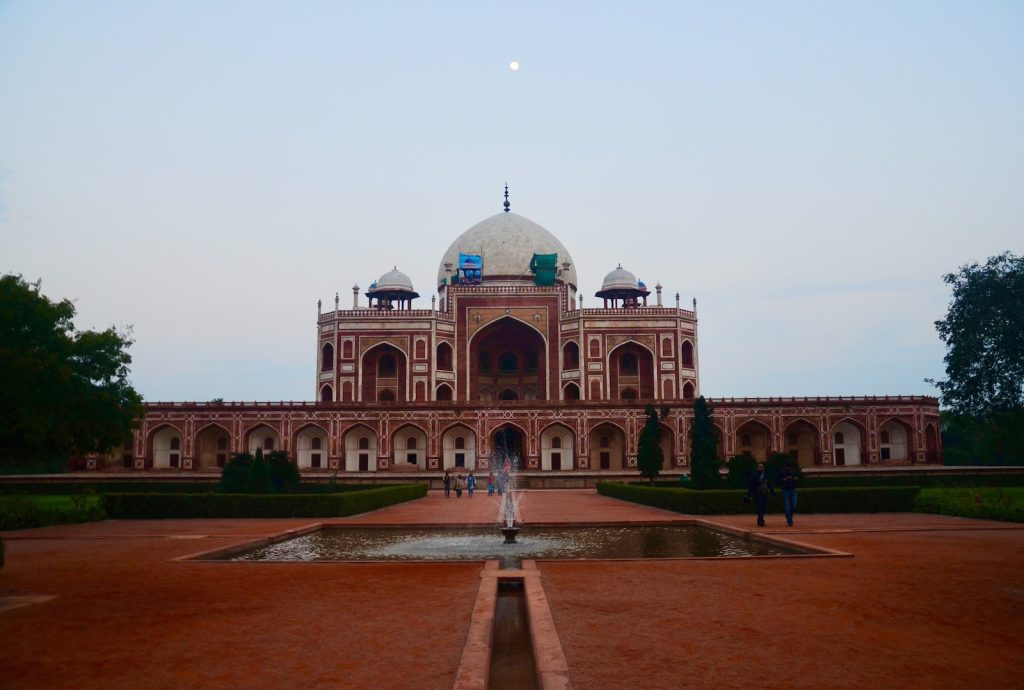
One of the most famous tombs in the Valley of the Kings is that of the boy king himself, Tutankhamun. Tutankhamun’s tomb, KV62, was discovered in 1922 by British archaeologist Howard Carter, and it sent shockwaves through the archaeological world. The tomb is relatively small compared to others in the valley, yet it contains an astonishing number of artifacts.
As you wander through the dimly lit chambers, you’ll be captivated by the ornate sarcophagus that once held the young pharaoh’s remains. Be sure to pay close attention to the intricate wall paintings that depict scenes from his life and the afterlife. Gazing upon these well-preserved treasures, it’s as though Tutankhamun’s legacy is still very much alive.
The Enigma of Ramses II
Another prominent figure who found his eternal rest in the Valley of the Kings is Ramses II, also known as Ramses the Great. Ramses II, arguably one of Egypt’s most celebrated pharaohs, was known for his ambitious building projects and the creation of colossal statues and temples. His tomb, KV7, is a testament to his larger-than-life persona.
As you venture into the depths of Ramses II’s tomb, it’s hard not to be struck by the colossal size of the corridors and chambers. The grandeur of his burial place mirrors the grandeur of his reign, and his mummy, though moved several times over the centuries, still leaves an indelible mark on history.
Challenges of Preservation
Preservation is a constant challenge in the Valley of the Kings. The very act of visiting these sites, even with the best intentions, contributes to wear and tear. And, unfortunately, over the years, some tombs have been vandalized or looted. This has led to stricter regulations on the number of visitors and more stringent conservation efforts to protect the precious historical sites.
Visitors are often required to don shoe covers to protect the tomb’s delicate floors, and flash photography is strictly prohibited. But don’t let these restrictions deter you; they are vital for the preservation of these ancient wonders.
The Ongoing Quest for Unearthed Tombs
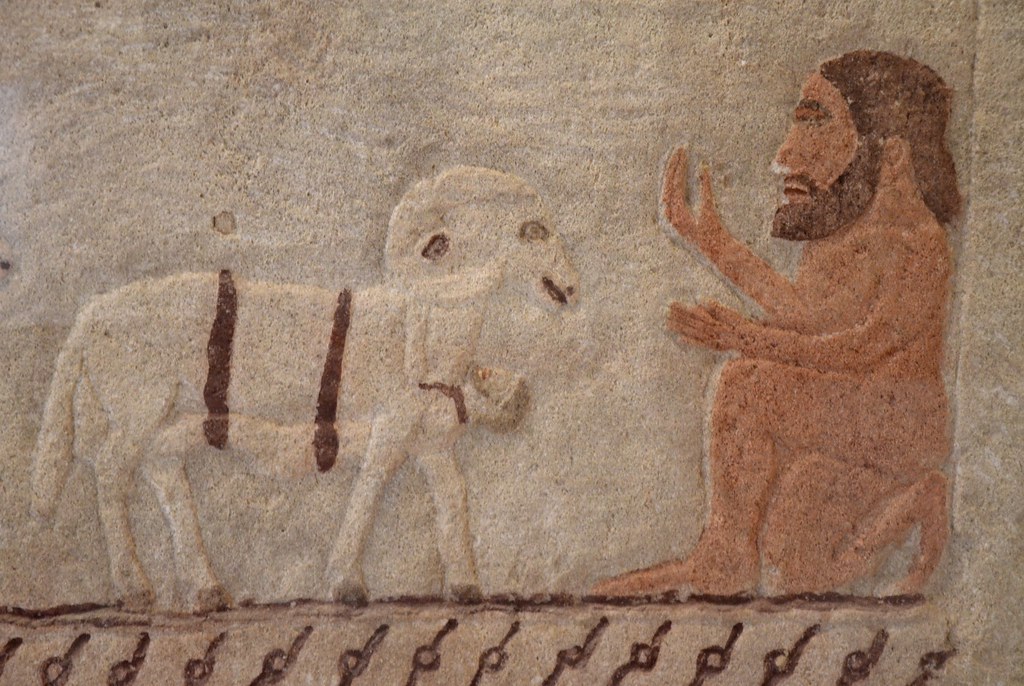
Even after centuries of exploration, archaeologists and historians continue to search for new tombs in the Valley of the Kings. Advanced technology like ground-penetrating radar has been employed to detect hidden chambers beneath the surface. It’s a tantalizing prospect to think that there may still be more royal tombs waiting to be discovered.
Conclusion
As our journey through the Valley of the Kings comes to a close, we reflect on the timeless allure of this remarkable place. It’s not just about exploring the past; it’s about feeling the heartbeat of history echoing through the corridors of these ancient tombs. The Valley of the Kings is a testament to the ingenuity and reverence of the Egyptians towards their pharaohs.
I hope this adventure has piqued your curiosity and inspired you to embark on your own journey through time. Whether you’re an avid history buff or just seeking an awe-inspiring travel destination, the Valley of the Kings is a must-visit place that will leave you with unforgettable memories and a deeper appreciation for the legacy of the pharaohs. Until next time, happy historical travels!



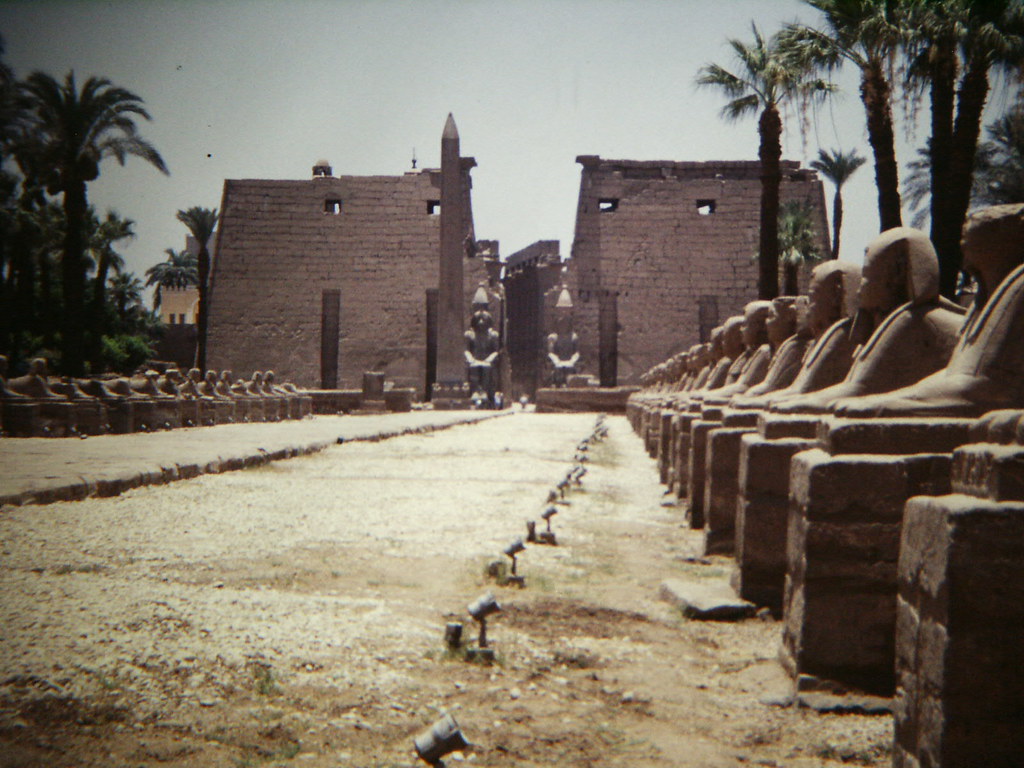
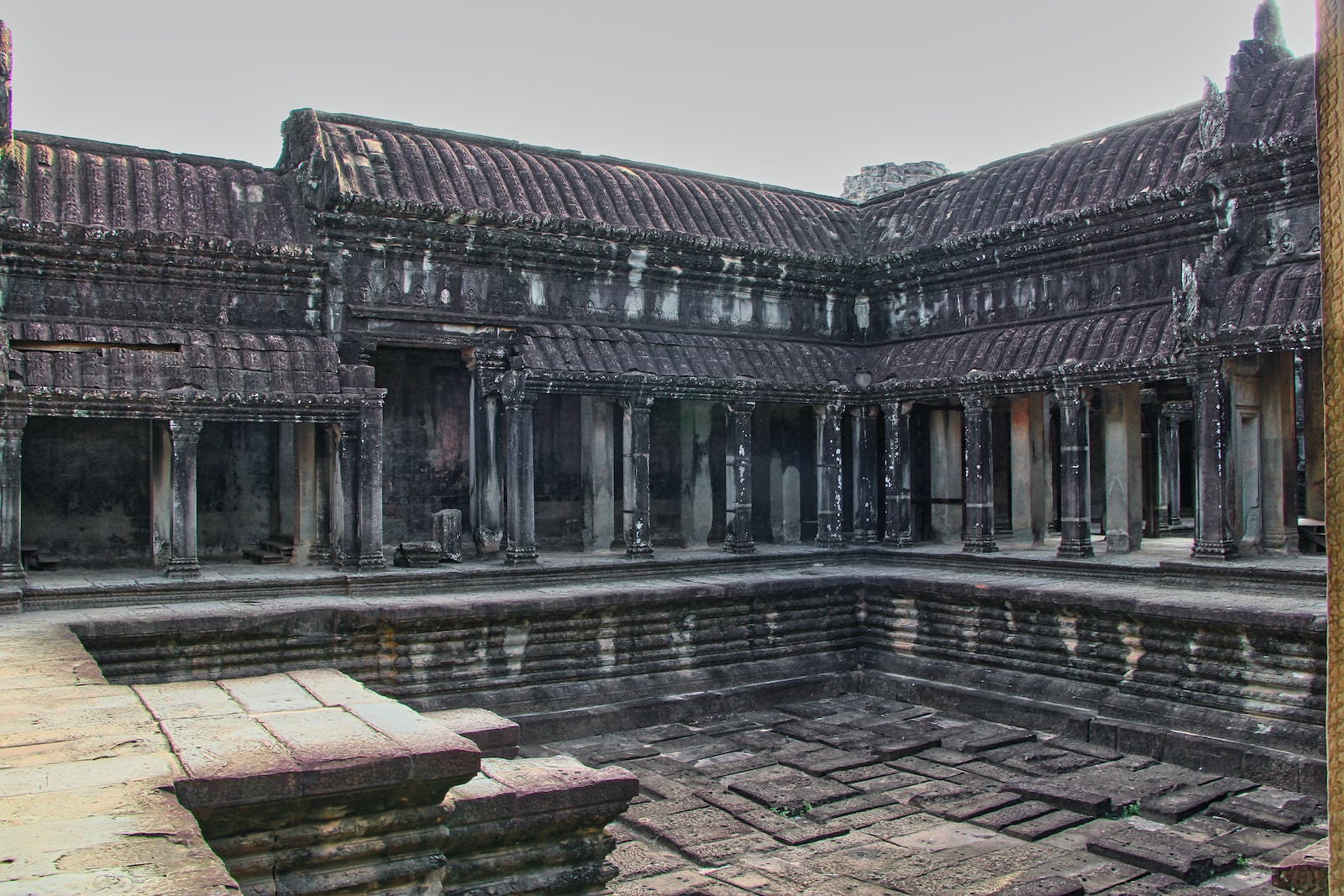









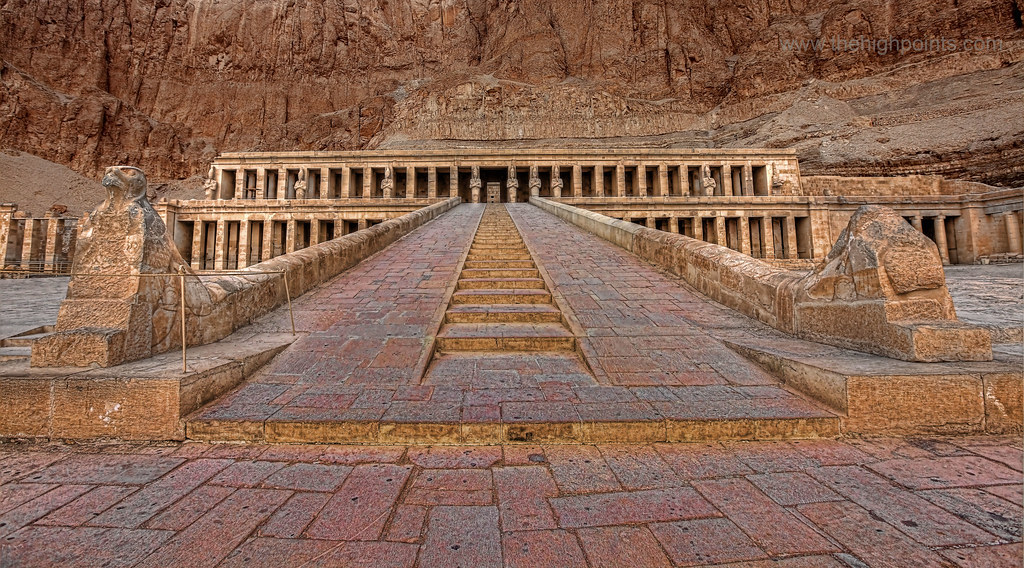
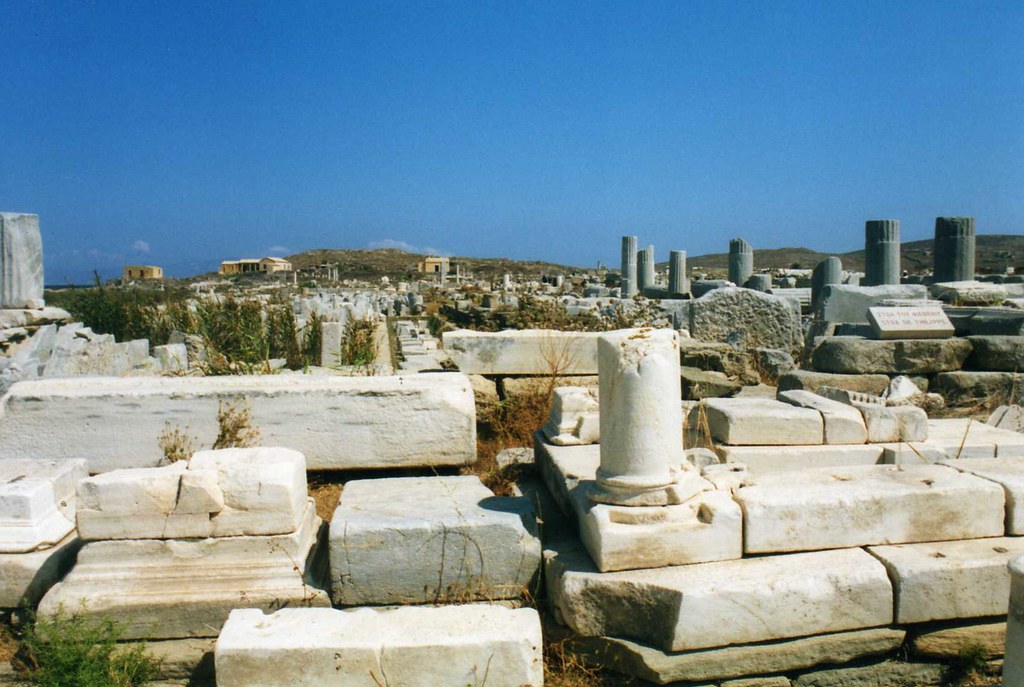

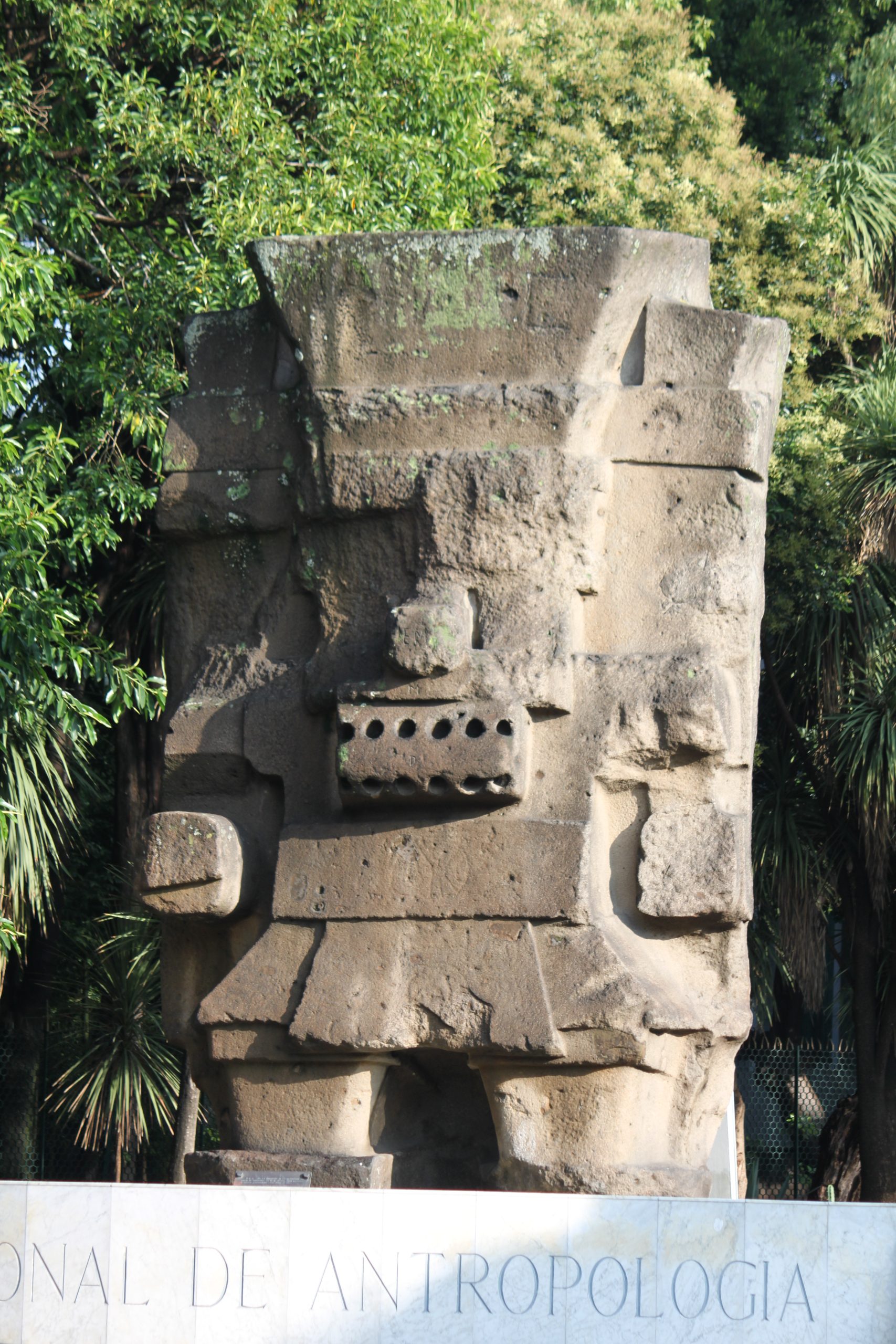

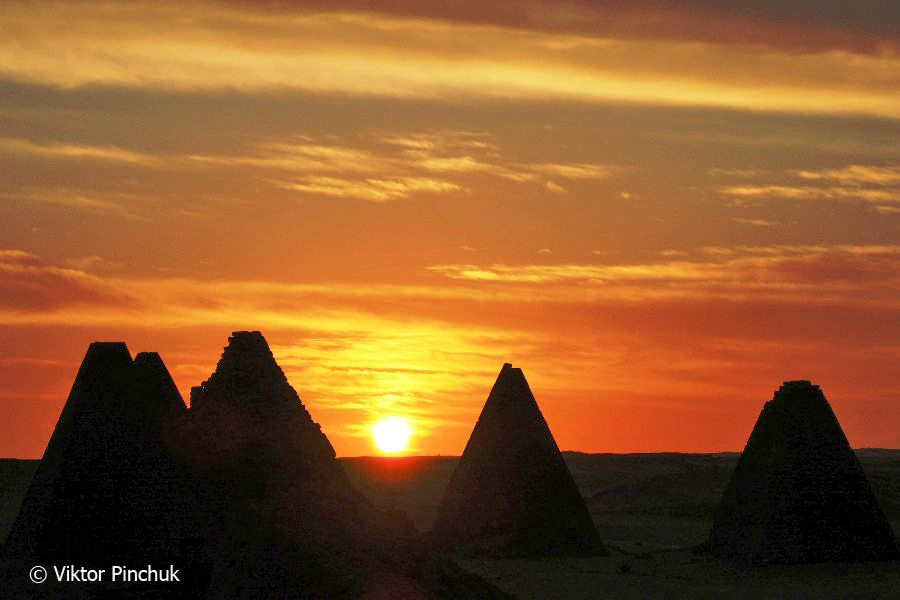

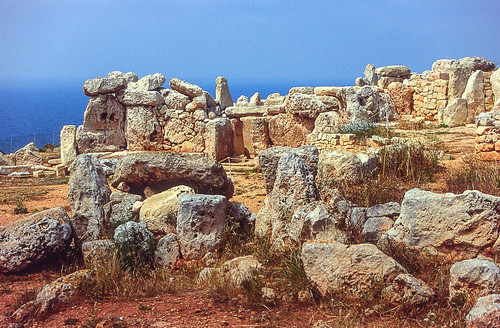
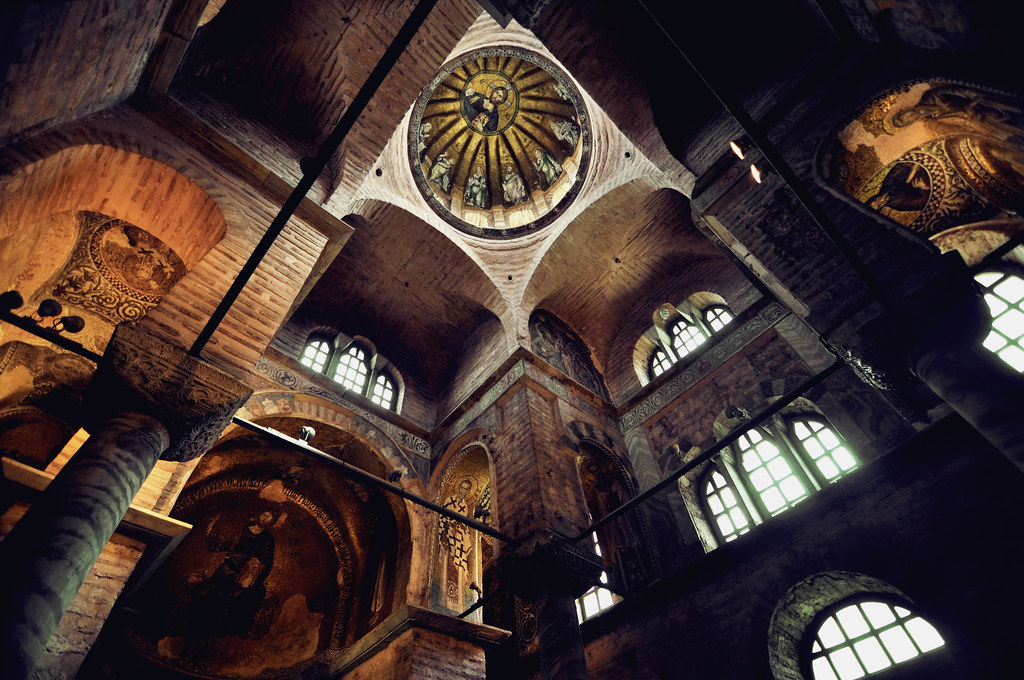

Hello!! My name is Anna
I love to eat, travel, and eat some more! I am married to the man of my dreams and have a beautiful little girl whose smiles can brighten anyone’s day!